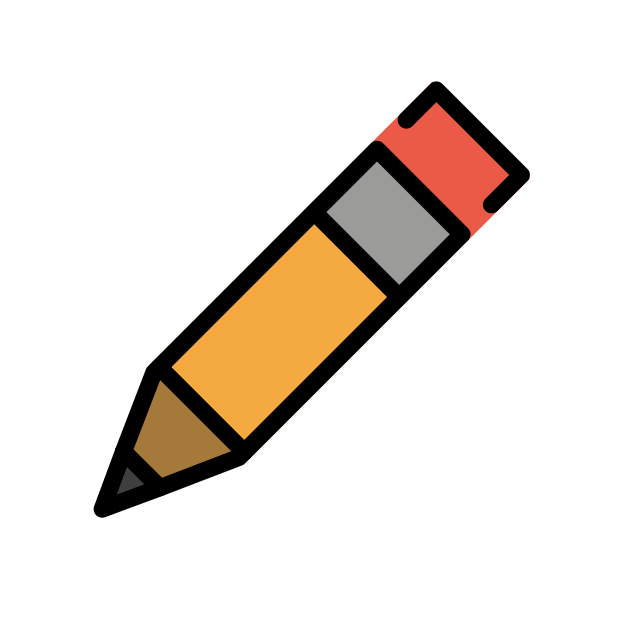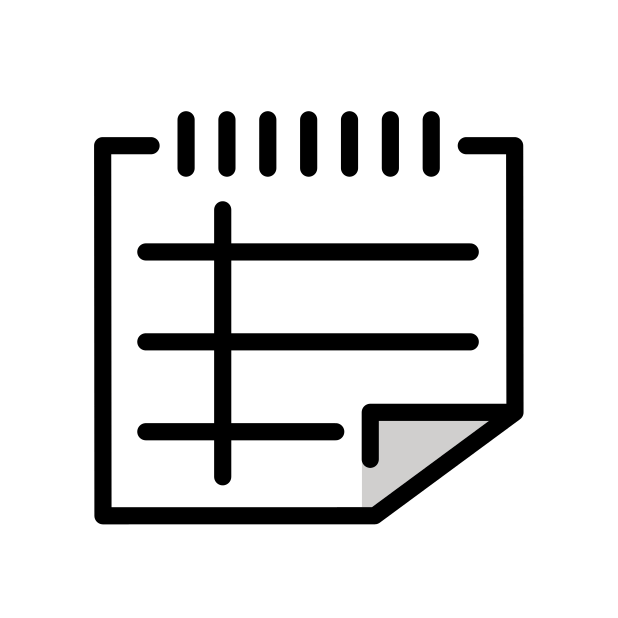Secular

Skills Checklist
 Language Arts
Language Arts
 Mathematics
Mathematics
 Social Studies
Social Studies
 Science
Science
 Physical Education
Physical Education
 Art
Art
 Music
Music
 Character Development
Character Development
Mathematics Homeschool Curriculum Skills List | Secular Third Grade
Math skills are introduced with manipulative activities that help the child see and work through the concept in a tactile manner. This is followed by an individual activity or practice worksheet (included in the lesson).
Whole Numbers and Sets
- Count by twos, threes, fours, fives, and tens from 1-100 by memory.
- Count by hundreds to one thousand.
- Recognize, read aloud, and write the numerals in order from 0 to 1,000.
- Understand and identify place value for each digit in numbers to 1,000.
- Apply expanded notation to model place value through 999.
- Draw symbols on a place value chart to represent three-digit numbers.
- Identify the value of Roman numerals.
- Identify even and odd numbers.
- Identify a number that comes after a given number.
- Identify a number that comes before a given number.
- Identify a number that comes between two given numbers.
- Identify one, ten, one hundred, and one thousand more than a given number.
- Round numbers to the nearest ten, hundred, and thousand.
- Write numbers in expanded form.
- Estimate sums and differences up to 100.
- Continue to develop the ability to understand and use ordinal numbers, first through twelfth.
- Apply ordinals to daily experiences.
- Use comparison symbols (<, =, >).
- Use a calculator to add, subtract, multiply, and divide sets.
- Use a map scale to convert inches to feet or miles.
Patterns and Operations: Algebraic Thinking
- Compare numbers up to 100.
- Review addition facts 0-20.
- Review subtraction facts 0-20.
- Write addition and subtraction fact families.
- Identify a missing addend.
- Write an addition equation from a “some, some more” story.
- Use the inverse relationship between addition and subtraction to check answers.
- Use manipulatives to model and solve multiplication problems.
- Learn multiplication facts 0-10.
- Learn division facts 1-10.
- Use manipulatives to model and solve division problems.
- Learn divisibility rules.
- Understand that multiplication and division are inverse operations.
- Identify the factors of a number.
- Copy, extend, describe, and create simple repetitive patterns.
- Identify a missing symbol in a repeating pattern.
- Identify a missing number in a sequence.
- Use a variable to represent an unknown amount.
- Use variables in contextual situations.
- Solve for a variable in an equation.
- Identify and write a function rule.
- Write numbers in expanded form and written form.
- Add five single-digit addends without and with regrouping.
- Add, subtract, multiply, and divide two- and three-digit numbers.
- Use addition and subtraction within 100 to solve one- and two-step word problems.
- Recognize and apply the Associative Property of Addition.
- Recognize and apply the Associative Property of Multiplication.
- Recognize and apply the Commutative Property of Addition.
- Recognize and apply the Commutative Property of Multiplication.
- Recognize and apply the Identity Property of Multiplication.
- Recognize and apply the Zero Property of Multiplication.
- Follow and apply the order of operations.
Money
- Identify pennies, nickels, dimes, quarters, and dollar bills.
- Write an amount of money shown using a cent sign and as a decimal number.
- Write amounts of money using numbers, a dollar sign, and a decimal.
- Find the value of a set of coins.
- Compare monetary amounts using an inequality symbol.
- Select coins for a given amount.
- Pay for items and make change using coins and bills.
- Add and subtract money amounts using a decimal to represent the monetary values.
- Compare monetary values and determine if one set is equal to, greater than, or less than the other set.
- Solve word problems using money.
Graphing
- Use simple picture graphs, bar graphs, circle graphs, tables, and charts to solve problems and record information.
- Compare information and draw conclusions using graphs.
- Collect, organize, describe, and display data using Venn diagrams.
- Graph coordinates on a coordinate plane.
Geometry
- Identify, name, and describe polygons.
- Identify angles, vertices, and sides.
- Identify, name, and describe solids.
- Identify the interior and the exterior of a shape.
- Find the area of a regular and an irregular shape.
- Find the perimeter of a regular and an irregular shape.
- Find the volume of a solid.
- Identify and draw rays and lines.
- Identify and draw congruent shapes or line segments.
- Identify and draw horizontal and vertical lines and line segments.
- Identify and draw parallel and perpendicular lines and line segments.
- Identify and draw oblique lines and line segments.
- Identify the diameter, radius, and circumference of a circle.
- Construct and name angles.
- Combine geometric shapes to make new shapes.
- Sort shapes and explain the sorting rule.
- Classify objects according to color, shape, size, function, likeness, and differences.
- Identify and draw a line of symmetry.
- Identify similar shapes.
- Recognize and draw an acute, obtuse, and right angle.
- Draw an angle of a given degree using a protractor.
- Create symmetrical designs.
- Recognize or draw a reflection and rotation of a shape.
- Use a geoboard to show polygons, line segments, and angles.
Measurement and Estimation
- Use a ruler to measure inches, feet, yards, and centimeters.
- Draw line segments to the nearest 1/4 inch.
- Draw line segments to the nearest centimeter.
- Order objects by length or height.
- Use digital and analog clocks to tell, write, and show time to the nearest minute.
- Identify noon, midnight, a.m., and p.m.
- Order events by time.
- Compare events according to duration.
- Solve problems using a calendar.
- Write the date using digits.
- Represent numbers on a number line.
- Read a Fahrenheit thermometer.
- Identify units of capacity: cup, pint, quart, gallon, milliliter, liter, teaspoon, and tablespoon.
- Make direct comparisons using measurable attributes such as length, weight, and capacity.
- Understand relationships between units of measurement.
- Understand that one task may take more or less time to accomplish than another task. Make an estimate and experiment to test the estimate.
- Understand that one item may weigh more or less than another item. Make an estimate and experiment to test the estimate.
- Understand that one item may hold more or less than another item. Make an estimate and experiment to test the estimate.
- Draw a diagram to scale.
- Recognize a scale factor.
- Convert units of measurement.
- Calculate equivalent measurements.
Reasoning, Problem Solving, and Communication
- Make predictions.
- Use simple logic to solve a problem.
- Use simple logic to solve a mathematical word problem.
- Use simple logic to solve word puzzles.
- Describe how the problem was solved.
- Determine whether a solution to a problem is reasonable.
- Identify the questions asked in a problem.
- Recognize when additional information is required to solve a problem.
- Develop memory skills.
Fractions
- Make models that represent given fractions.
- Recognize one half, one third, and one fourth of a given whole.
- Write a fraction to show a part of a whole.
- Compare fractions.
- Identify equivalent fractions.
- Add or subtract mixed numbers.
- Identify numerator and denominator.
- Locate rational numbers on a number line.
- Represent and write mixed numbers.
- Reduce an improper fraction to lowest terms.
- Convert improper fractions to whole numbers.
- Rewrite improper fractions as mixed numbers.
- Locate positive and negative numbers on a number line.
- Read directions and follow a recipe including fractions.
- Use a fraction to represent part of an hour.
- Convert decimal numbers to fraction form.
- Write the remainder of a long division equation as a fraction in lowest terms.
Statistics and Probability
- Conduct a survey.
- Collect, sort, and tally data.
- Find the range, mean, median, and mode of a set of data.
- Solve problems using graphs, charts, and tables.
- Make an inference, and experiment to test the inference.
- Predict the most likely or least likely outcome in a probability experiment.
- Make arrangements that represent the number of possibility combinations of items from a set.
- Compare theoretical probability and experimental probability.
Graphing
-
Use simple picture graphs, bar graphs, circle graphs, tables, and charts to solve problems and record information.
-
Compare information and draw conclusions using graphs.
-
Collect, organize, describe, and display data using Venn diagrams.
- Graph coordinates on a coordinate plane.
Calculators/Computers
-
Demonstrate how a calculator works.
-
Use a simple calculator to add, subtract, multiply, and divide sets.

What Makes Our Curriculum Stand Out?
We are proud to offer an all-in-one solution! No need to piece together resources from different places. Our curriculum provides fully-planned lessons that cover all subjects, ensuring a well-rounded education. It also includes step-by-step instructions for teaching your child!



